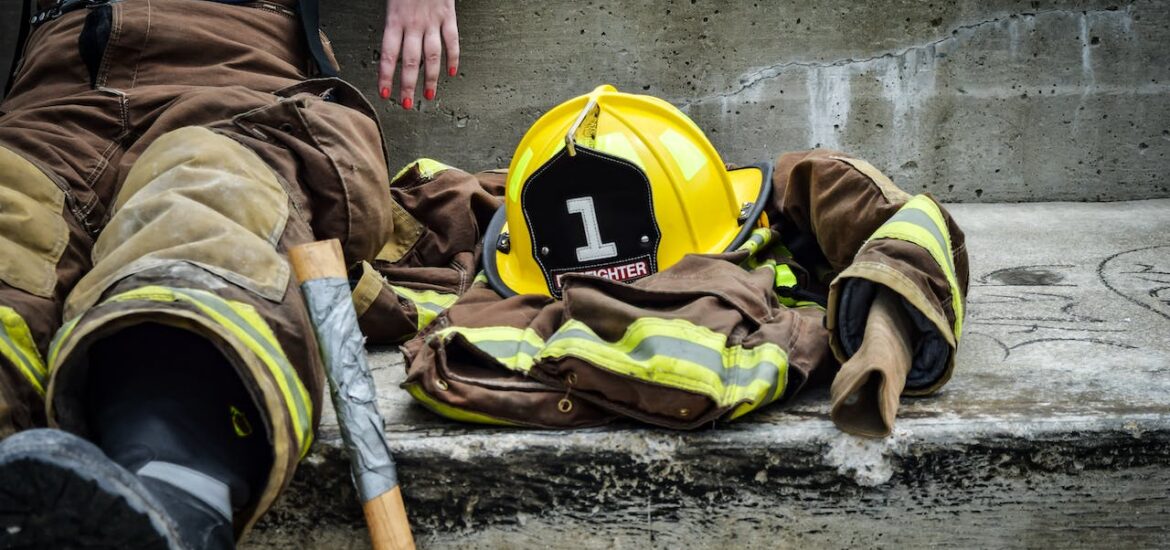Embarking on the journey to become a firefighter is a noble and challenging endeavor. Aspiring firefighters not only need to possess physical fitness, mental resilience, and a commitment to public service but also need to undergo comprehensive training to handle the myriad situations they may encounter. One burning question for those considering this career path is, “How long is the firefighter course?” In this article, we’ll explore the duration of firefighter training and shed light on the various components that contribute to the overall timeline.
Basic Firefighter Training Program
The duration of firefighter courses can vary based on the specific training program and the requirements set by different firefighting agencies. In general, most aspiring firefighters undergo what is commonly known as a Basic Firefighter Training Program. This program typically spans several weeks, ranging from 8 to 16 weeks on average, depending on the jurisdiction.
- Classroom Instruction: The training begins with classroom instruction, covering essential theoretical knowledge. This phase typically includes learning about fire behavior, safety protocols, rescue techniques, and the proper use of firefighting equipment. Classroom instruction can last for several weeks, ensuring that future firefighters have a solid understanding of the foundational concepts.
- Practical Training: Following the classroom component, aspiring firefighters engage in hands-on, practical training exercises. This phase is crucial for applying theoretical knowledge to real-world scenarios. Practical training involves simulated firefighting situations, rescue operations, and the use of firefighting equipment. This hands-on experience helps build the skills and muscle memory necessary for effective firefighting.
- Emergency Medical Training: Many firefighter training programs also include emergency medical training. This can range from basic first aid to more advanced emergency medical technician (EMT) certifications. The inclusion of medical training equips firefighters with the skills needed to respond to a wide range of emergencies beyond firefighting.
- Live Fire Exercises: To further enhance practical skills, live fire exercises are often conducted during training. These exercises provide a realistic experience of dealing with actual fires and teach firefighters how to manage fire scenes safely and efficiently.
Specialized Training and Ongoing Education
While the Basic Firefighter Training Program forms the foundation, many firefighters pursue additional specialized training to enhance their skills and advance their careers. Specializations can include hazardous materials response, technical rescue operations, and wildland firefighting, among others. The duration of these specialized courses varies, and firefighters may choose to pursue them over the course of their career.
Conclusion
In conclusion, the duration of firefighter courses can vary, but a typical Basic Firefighter Training Program spans several weeks, providing a comprehensive education that combines theoretical knowledge with practical skills. Aspiring firefighters should be prepared for an intensive and physically demanding training regimen that prepares them for the challenges of the profession. Beyond the initial training, ongoing education and specialized courses contribute to the continuous development of firefighters throughout their careers. If you’re considering a career in firefighting, understanding the duration of the training program is just the beginning of a rewarding and fulfilling journey dedicated to serving and protecting communities.

